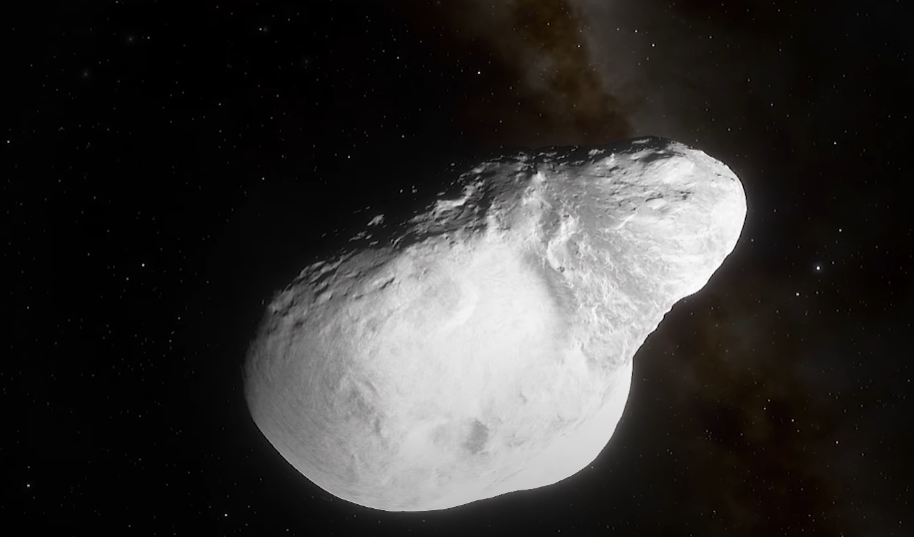Asteroid’s Hidden Secret’s Reveal: Water Detected on Surface for the First Time
Scientists have found water on an asteroid for the first time, a milestone in understanding the solar system’s composition and its impact on Earth’s history.
This revelation holds promise in unraveling the mystery of how our planet transformed into the vibrant Blue Planet we know today.
Astronomers have long studied asteroids to decipher the distribution of materials across the solar system and how this distribution has evolved over millions of years. Water, being essential for life as we know it, has been of particular interest.
According to astronomer Anicia Arredondo, asteroids serve as remnants of the early solar system, each bearing a unique composition that offers insights into the past. Understanding the distribution of water on these asteroids could provide vital clues about how water was delivered to Earth.
The recent study utilized data from the Stratospheric Observatory for Infrared Astronomy (Sofia), jointly operated by NASA and the German Space Agency, to identify unmistakable features of molecular water on the asteroids Iris and Massalia.
Seeking Additional Asteroid Targets

Previous observations had hinted at the presence of hydrogen on asteroids and the moon, but distinguishing between water and its chemical counterpart, hydroxyl, remained challenging until now.
Further enhancing our understanding, the findings indicate a consistent level of water on the asteroid, similar to that found on the sunlit surface of the Moon. This suggests that water may exist in various forms on asteroids, from being bound to minerals to being adsorbed onto silicate.
Looking ahead, researchers plan to utilize NASA’s James Webb Space Telescope, renowned for its precise optics and superior signal-to-noise ratio, to investigate more asteroid targets.
By studying additional asteroids, scientists aim to refine our understanding of water distribution in the solar system. This knowledge not only sheds light on Earth’s past but also has implications for the search for life beyond our planet.
Dr. Arredondo emphasized the significance of this ongoing research, highlighting its potential to unveil the mechanisms behind water delivery to habitable planets both within and beyond our solar system. With each new discovery, our understanding of the cosmos deepens, paving the way for future explorations and the quest for extraterrestrial life.


Comments are closed.